Select an Orthopaedic Specialty and Learn More
Use our specialty filter and search function to find information about specific orthopaedic conditions, treatments, anatomy, and more, quickly and easily.
GET THE HURT! APP FOR FREE INJURY ADVICE IN MINUTES
Shoreline Orthopaedics and the HURT! app have partnered to give you virtual access to a network of orthopaedic specialists, ready to offer guidance for injuries and ongoing bone or joint problems, 24/7/365.
Browse Specialties
-
- Minimally Invasive Surgery (Arthroscopy)
Arthroscopy (Minimally Invasive Surgery)
Arthroscopy is a minimally invasive surgical procedure used by orthopaedic surgeons to visualize, diagnose, and treat problems inside the joint. Because it requires only tiny incisions, arthroscopy can be performed without a major, invasive operation and many procedures can be done on an outpatient basis.
More Info -
- Fractures, Sprains & Strains
- Neck and Back (Spine)
- Sports Medicine
Cervical Fracture (Broken Neck)
A cervical fracture (broken neck) is a fracture or break that occurs in one of the seven cervical vertebrae. Following an acute neck injury, patients may experience shock and/or paralysis, as well as bruising or swelling at the back of the neck. Conscious patients may experience severe neck pain, but this is not necessarily the case.
More Info -
- Physical Medicine & Rehabilitation (PM&R)
Fibromyalgia
Fibromyalgia is a condition characterized by widespread pain and tenderness to the touch. Other symptoms commonly associated with fibromyalgia are fatigue, waking unrefreshed, depression, anxiety and memory problems. Numbness and tingling, weakness, urinary frequency, diarrhea and constipation may be present, as well.
More Info -
- Fractures, Sprains & Strains
- Sports Medicine
Fractures
A fracture is a broken bone. Although bones are rigid, they do bend with limited flexibility when outside force is applied. When that force is too great, the bone will fracture. Common causes of fractures include: trauma, such as auto or sports-related accidents; osteoporosis, which can weaken the bone; or overuse caused by repetitive motion that can tire muscles and place excess force on the bone, resulting in stress fractures like those most often seen in athletes.
More Info -
- Fractures, Sprains & Strains
- Hand & Wrist
Hand Fracture
A fracture of the hand can occur in either the small bones of the fingers (phalanges) or in the long bones (metacarpals). Symptoms of a broken bone in the hand include: pain; swelling; tenderness; an appearance of deformity; inability to move a finger; shortened finger; a finger crossing over its neighbor when you make a fist; or a depressed knuckle, which is often seen in a “boxer’s fracture.”
More Info -
- Joint Disorders
- Knee
- Pediatric Injuries
- Sports Medicine
Jumper’s Knee
Repetitive contraction of the quadriceps muscles in the thigh can stress the patellar tendon where it attaches to the kneecap, causing inflammation and tissue damage (patellar tendinitis). For a child, this repetitive stress on the tendon can irritate and injure the growth plate, resulting in a condition referred to as Sinding-Larsen-Johansson disease.
More Info -
- Knee
- Pediatric Injuries
- Sports Medicine
Patella Tendinitis & Patella Tendinosis
Pain in the patella tendon is a common problem, especially in people who participate extensively in running or jumping activities. Pain in the patella tendon can be separated into two main conditions: patella tendinitis and patella tendinosis.
More Info -
- Foot & Ankle
- Ligament Disorders
Plantar Fasciitis
Although the plantar fascia is designed to absorb the high stresses and strains placed on the feet, sometimes too much pressure can damage or tear these tissues. The body’s natural response to such an injury is inflammation, which results in heel pain and stiffness of plantar fasciitis.
More Info -
- Neck and Back (Spine)
- Pediatric Injuries
- Physical Medicine & Rehabilitation (PM&R)
Scoliosis
Scoliosis is a common condition of the spine that affects many children and adolescents. Unlike a normal spine that runs straight down the middle of the back, a spine with scoliosis forms a sideways curve that may look like a letter “C” or “S.” Scoliosis can cause the spine to rotate or turn, resulting in a shoulder, shoulder blade (scapula), or hip that appears higher than the other.
More Info -
- Elbow
- Pediatric Injuries
- Sports Medicine
Throwing Injuries to the Elbow in Children
The beginning of baseball season in spring is often followed by an increase in overuse injuries in young baseball players, particularly pitchers and other players who throw repetitively. Two of the most frequent throwing injuries to the elbow are medial apophysitis (little leaguer’s elbow), and osteochondritis dissecans.
More Info

